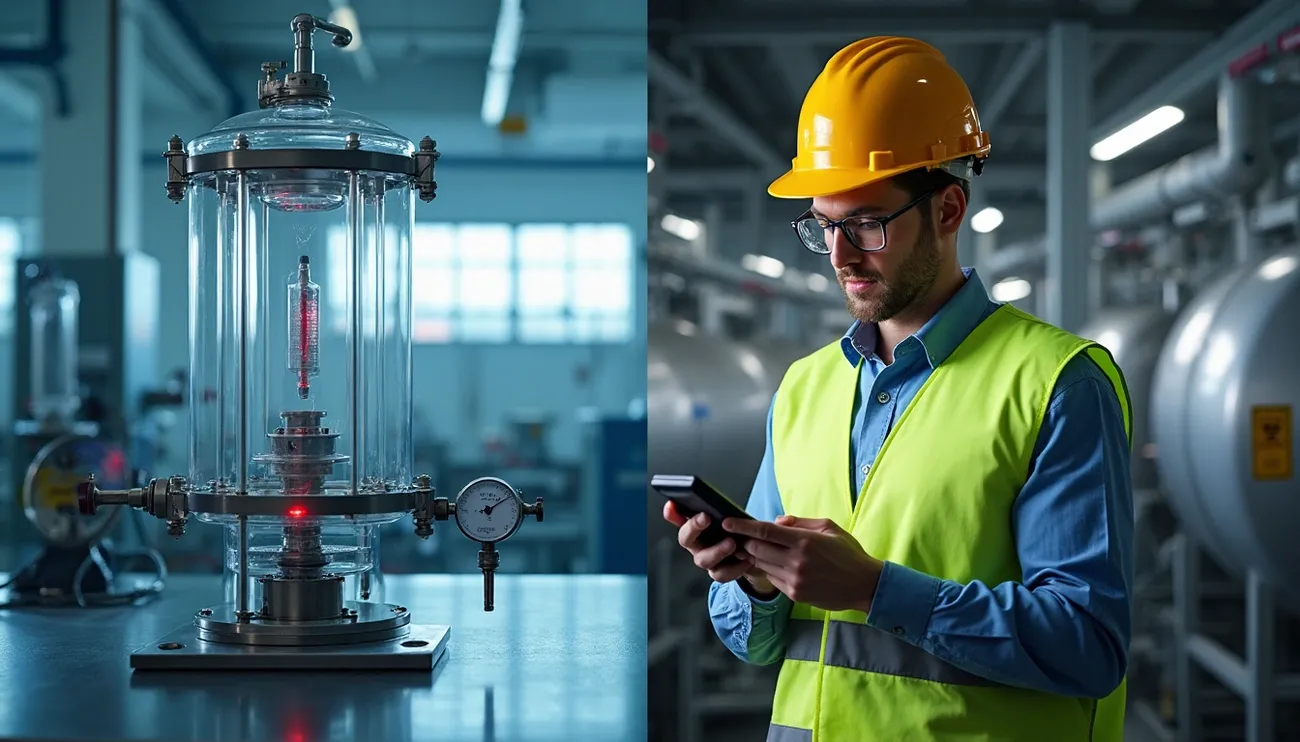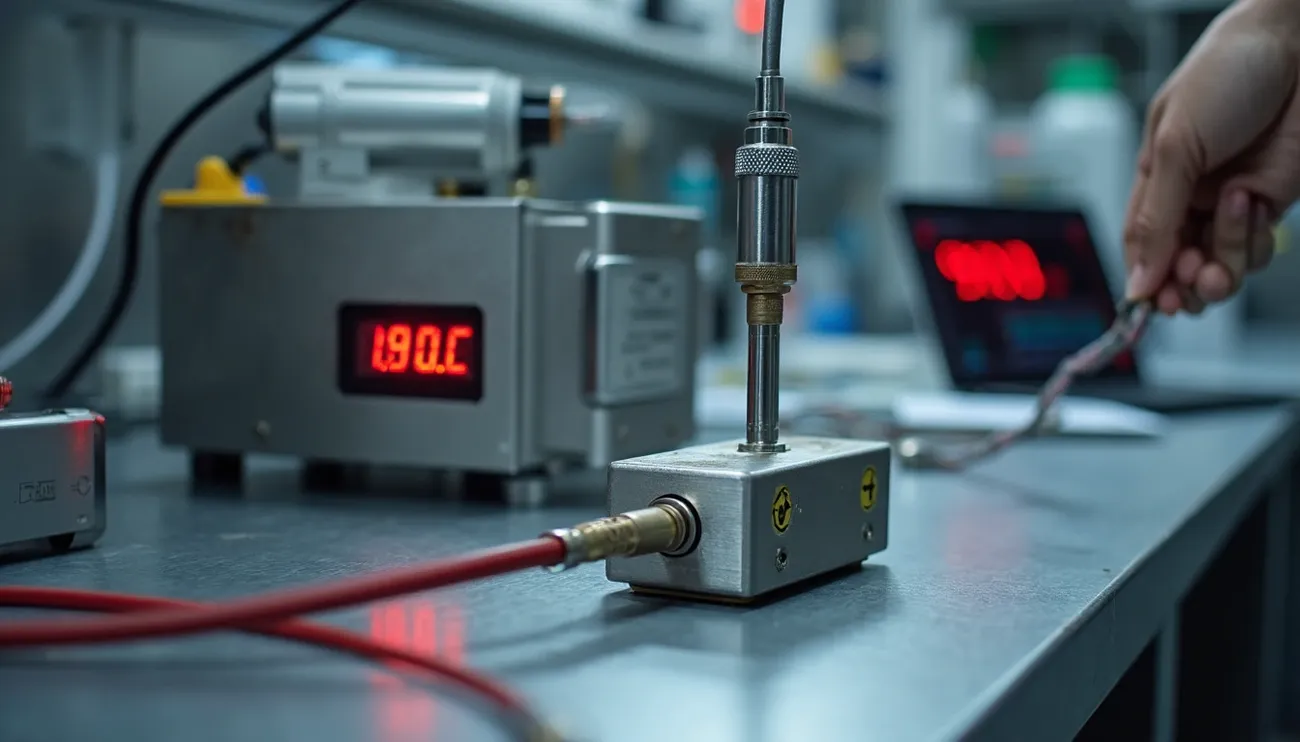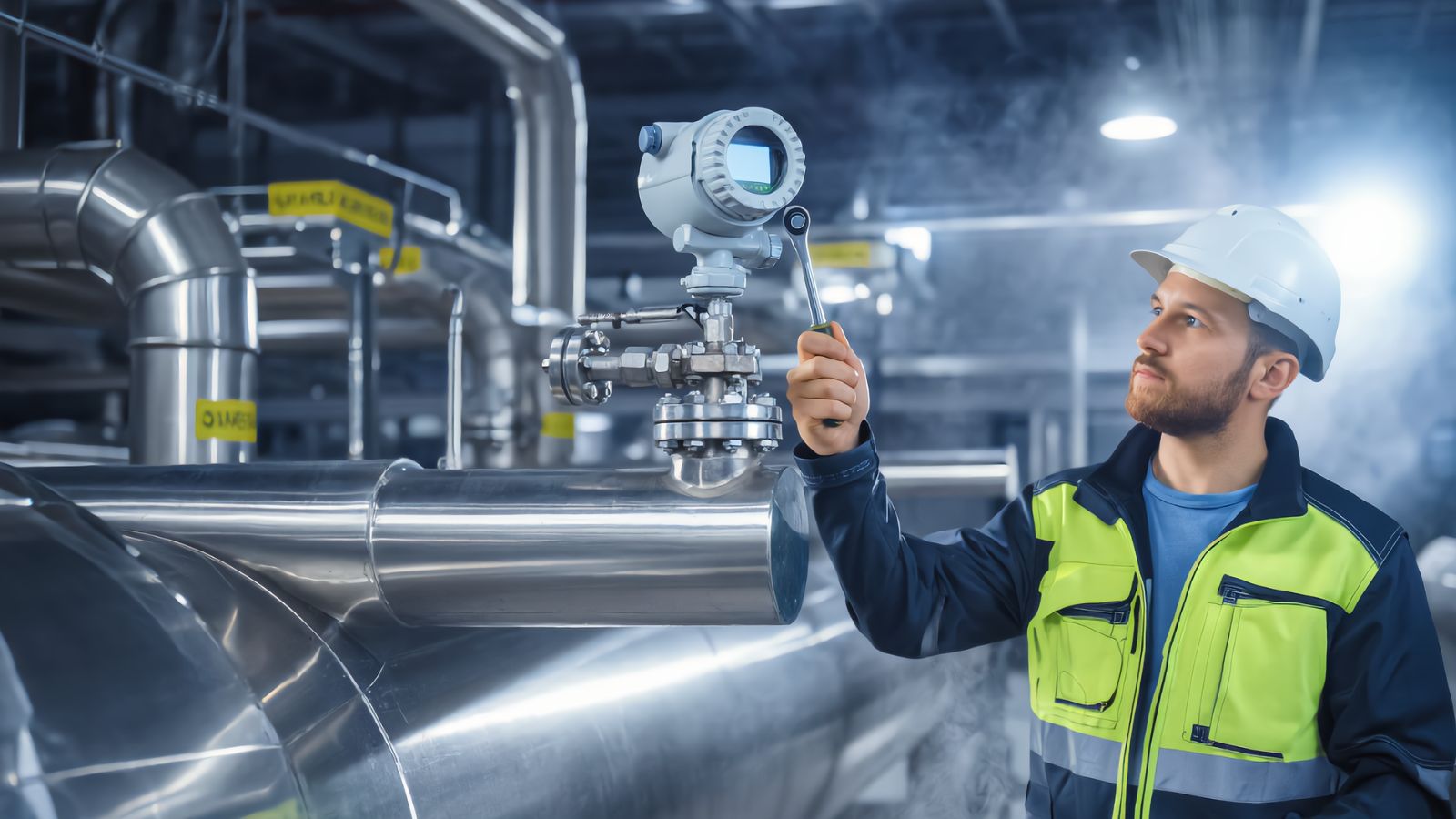Introduction to Level Switch and Level Transmitter
In various industrial and commercial settings, the measurement and control of liquid levels are critical aspects of operational efficiency and safety. Two essential devices employed for this purpose are level switches and level transmitters. A level switch is a device used to detect the presence or absence of liquid at a certain point, typically used for alarm or control functions. On the other hand, a level transmitter is a more sophisticated instrument that measures the level of a liquid and provides an output signal in proportion to the level. This article aims to provide a comprehensive understanding of these two devices, their functionalities, applications, and key differences.
Understanding the Functionality of a Level Switch
A level switch, also known as a level sensor or float switch, operates on the principle of detecting the presence or absence of liquid at a specific point. It consists of a sensor and a switching mechanism, which are activated when the liquid reaches a predetermined level. The sensor can utilize various technologies such as float, capacitance, ultrasonic, or optical to sense the liquid level. When the liquid reaches the sensor, the switching mechanism is triggered to either open or close a circuit, signaling the presence or absence of the liquid.
The primary function of a level switch is to provide a simple on/off signal based on the liquid level, which can be used for controlling pumps, valves, alarms, or indicating the level status. These devices are commonly used in sump pumps, water tanks, industrial boilers, and chemical processing plants, where the detection of liquid levels is crucial for operational safety and efficiency.
Level switches are preferred in applications where a discrete indication of liquid level is required, and where the measurement does not need to be continuous or highly accurate. They are known for their reliability, simplicity, and cost-effectiveness, making them a popular choice in various industries.
For example: such as the water level of the water tank, when the water level is full, the float ball or the float touches the switch to turn on the switch and send out an audio signal or a control signal, which is a switch signal. If a sensor is used, the sensor can send out the amount of electrical signal that cannot be connected according to the change of the water level. For example, the output is a standard signal of 4ma~20ma. When the water level is the lowest, it outputs a 4ma current, and when the water is full, it outputs a 20ma current.
Understanding the Functionality of a Level Transmitter
The digital liquid level transmitter is an extension and development of the pressure transmitter technology. According to the principle that the pressures generated by liquids with different specific gravity at different heights have a linear relationship, such as when the two pressures of the measured medium are passed into the high and low The pressure chamber acts on the isolation diaphragms on both sides of the delta element (that is, the sensitive element), and is transmitted to both sides of the measuring diaphragm through the isolation diaphragm and the filling liquid in the element, so as to realize the volume and liquid control of water, oil and paste. Accurate measurement and transfer of height and weight.
The working principle of the digital liquid level transmitter transmitter is that when the pressure indirectly acts on the surface of the metal measuring diaphragm (elastic measuring element) of different thicknesses through the isolating diaphragm and the pressure guiding medium, the diaphragm is slightly deformed.
The maximum deformation does not exceed 0.1mm. The high-precision measurement circuit converts this tiny deformation into a voltage signal that has a linear relationship with the differential pressure signal. After linearization and temperature compensation, a special chip is used to convert this voltage signal into an industry-standard signal. 4-20mA current signal or 1-SV voltage signal.
Key Differences between Level Switch and Level Transmitter
Although the principles of level switch and level transmitter are the same. However, the level switch is a switch control circuit, and the level transmitter is a circuit element equivalent to a voltage change and a current change. That is to say, if you want to measure when the liquid has reached the liquid level, use the digital liquid level switch, and to accurately measure the height of the liquid level, use the liquid level sensor. However, the two can sometimes be used interchangeably.
The primary distinction between a level switch and a level transmitter lies in their functionality and the type of information they provide. While a level switch offers a simple on/off signal based on the presence or absence of liquid at a specific point, a level transmitter provides continuous and accurate level measurements with an output signal proportional to the level. This fundamental difference determines their respective applications and suitability for different industrial processes.
Another significant difference is the technology and complexity involved in these devices. Level switches are relatively simple in construction and operation, often utilizing mechanical or basic electronic principles for level detection and signaling. In contrast, level transmitters employ advanced sensing technologies and signal processing techniques to provide precise and reliable level measurements over a range of operating conditions.
Furthermore, the installation and calibration of level transmitters are more complex compared to level switches, as they require precise positioning, configuration, and calibration to ensure accurate level measurements. This difference in complexity is reflected in their respective costs, with level transmitters generally being more expensive than level switches.
Applications and Industries for Level Switches
Level switches are utilized in a wide range of applications and industries where the detection of liquid levels at specific points is essential for operational safety and control. In the water and wastewater treatment sector, level switches are employed in pump control, tank level monitoring, and alarm systems to ensure efficient and reliable operation of treatment processes. They are also used in industrial boilers to prevent low water levels, triggering safety shutdowns to protect the equipment from damage.
In the oil and gas industry, level switches play a crucial role in controlling the level of liquids in storage tanks, preventing overfilling or emptying, and ensuring safe and efficient storage operations. Additionally, in chemical processing plants, level switches are used for overfill protection, pump control, and leak detection, contributing to the safe and reliable handling of hazardous liquids.
Applications and Industries for Level Transmitters
Level transmitters are integral components in industries where continuous and accurate monitoring of liquid levels is vital for process optimization, safety, and regulatory compliance. In the oil and gas sector, level transmitters are utilized in storage tanks, process vessels, and pipelines to provide real-time level measurements for inventory management, custody transfer, and leak detection applications. The accurate level data obtained from transmitters enables operators to optimize storage and distribution operations while ensuring compliance with safety and environmental regulations.
Similarly, in the chemical processing industry, level transmitters play a critical role in monitoring and controlling the levels of various liquids in reactors, storage tanks, and processing vessels. The precise level measurements provided by transmitters enable operators to maintain optimal process conditions, prevent overfilling or emptying, and ensure the safe and efficient handling of chemical substances.
Factors to Consider When Choosing Between Level Switch and Level Transmitter
When selecting between a level switch and a level transmitter for a specific application, several factors need to be considered to ensure the chosen device meets the requirements of the process and provides optimal performance. The nature of the liquid being measured, the required level measurement accuracy, the environmental conditions, and the control system integration are some of the critical factors that influence the selection process.
For applications where discrete level detection and simple control functions are sufficient, a level switch may be the most suitable choice due to its simplicity, reliability, and cost-effectiveness. On the other hand, processes that demand continuous and accurate level monitoring, precise control, and integration with advanced control systems would benefit from the use of a level transmitter. The compatibility of the selected device with the process conditions, such as temperature, pressure, and chemical compatibility, is also a crucial consideration to ensure reliable and long-term operation.
Installation and Maintenance of Level Switches and Level Transmitters
The installation and maintenance of level switches and level transmitters are essential aspects of ensuring their optimal performance and longevity in industrial applications. Proper installation involves the correct positioning of the device in the liquid container or vessel, ensuring that it operates within the specified operating range and provides accurate level detection or measurement.
For level switches, regular inspection and testing of the switching mechanism, sensor, and associated wiring are necessary to verify their proper functioning and to prevent false alarms or operational failures. It is also important to ensure that the mechanical components of the level switch, such as floats or diaphragms, are free from damage or corrosion, which can affect their performance.
In the case of level transmitters, the installation process involves precise mounting and calibration to ensure accurate level measurements. It is essential to follow the manufacturer’s guidelines for positioning the transmitter, configuring the measurement range, and calibrating the output signal to correspond accurately to the liquid levels. Additionally, regular calibration and maintenance of the transmitter’s sensing elements, electronics, and communication interfaces are critical to maintaining its accuracy and reliability.
Advancements in Level Switch and Level Transmitter Technology
The field of level measurement and control has witnessed significant advancements in technology, leading to the development of more sophisticated and reliable level switches and transmitters. The integration of advanced sensor technologies, such as guided wave radar, laser, and microwave-based sensors, has expanded the capabilities of level transmitters to provide accurate measurements in challenging process conditions, including high temperatures, pressures, and corrosive environments.
Furthermore, the incorporation of digital communication protocols, such as HART, Foundation Fieldbus, and Profibus, into modern level transmitters has enhanced their compatibility with advanced control systems and enabled seamless integration for real-time monitoring and control. These digital communication capabilities offer remote diagnostics, configuration, and asset management, contributing to improved operational efficiency and maintenance practices.
In the realm of level switches, advancements in sensor technologies and materials have resulted in improved reliability, accuracy, and durability. The introduction of solid-state and non-contact level sensing technologies has expanded the application range of level switches to include challenging liquids, such as corrosive or viscous fluids, while minimizing maintenance requirements and enhancing operational safety.
Conclusion
In conclusion, the distinctions between level switches and level transmitters are rooted in their functionalities, applications, and technological complexity. While level switches offer discrete level detection and simple control functions, level transmitters provide continuous and accurate level measurements for advanced monitoring and control applications. Understanding the differences and applications of these devices is crucial for selecting the most suitable solution for specific industrial processes, ensuring efficient and safe operation.
As technology continues to evolve, the capabilities and reliability of level switches and transmitters will further enhance, catering to the evolving needs of diverse industries and processes. With a thorough understanding of their functionalities and applications, industrial operators and engineers can make informed decisions when choosing between level switches and level transmitters, ultimately contributing to the optimization and safety of liquid level control in various industrial settings.
CTA: For more information on level switches and level transmitters, and to explore our range of advanced liquid level control solutions, visit our website.




